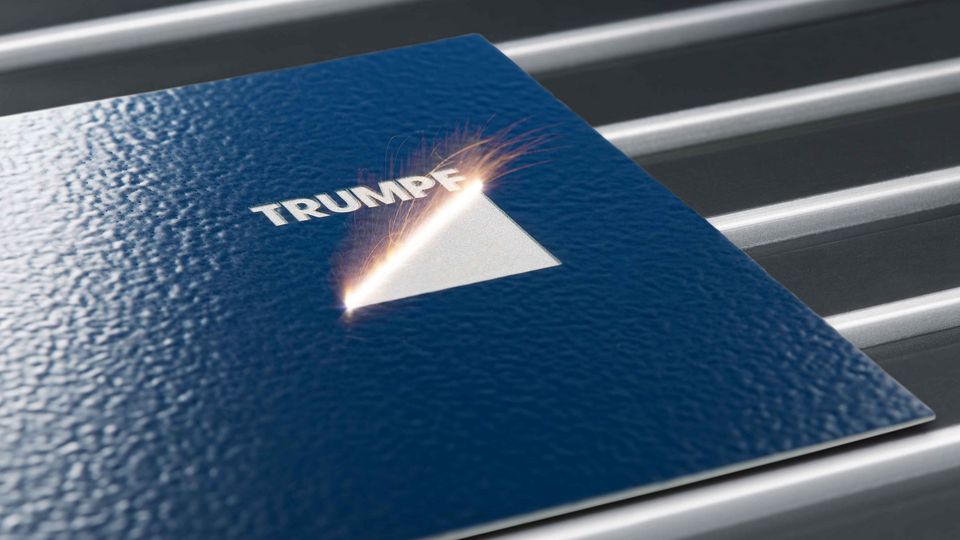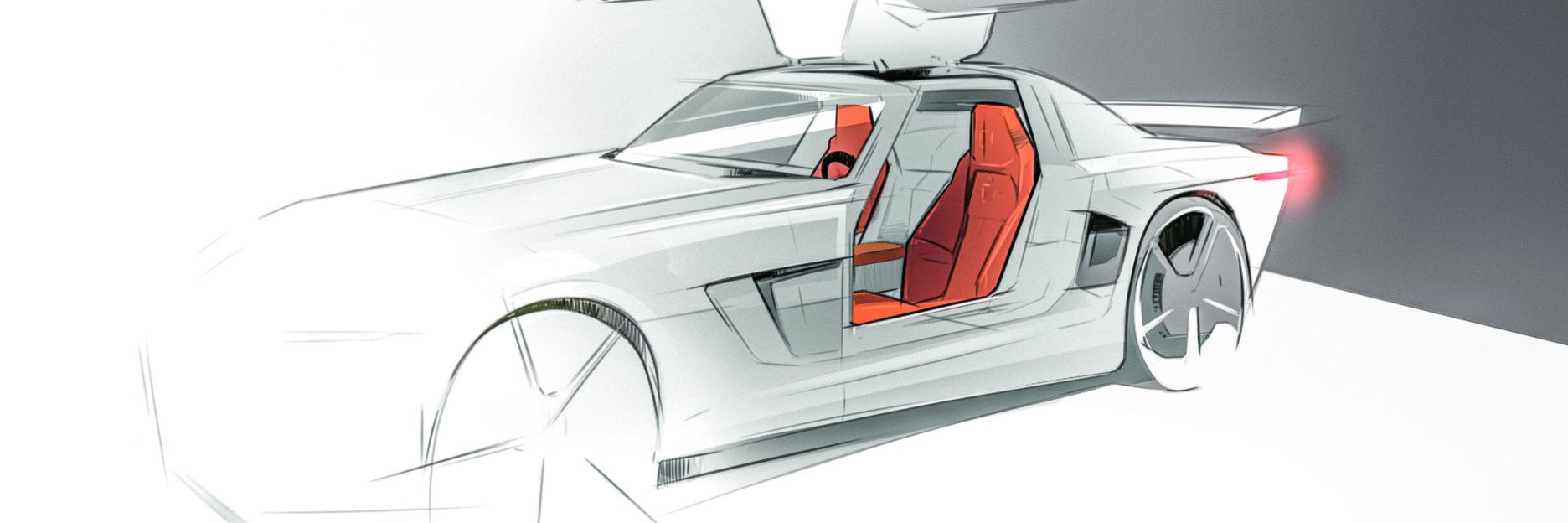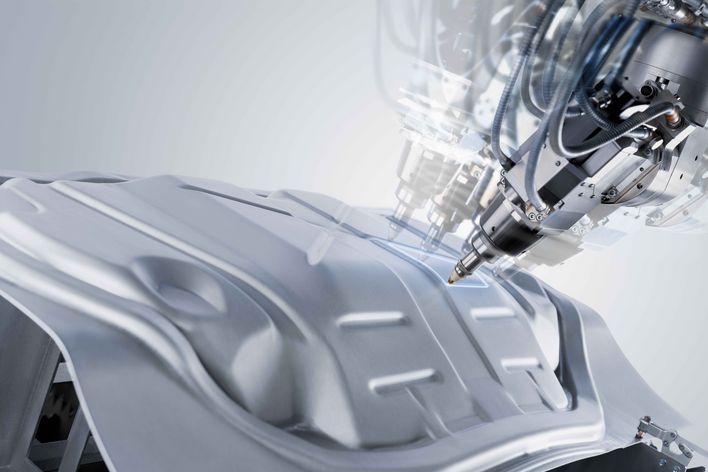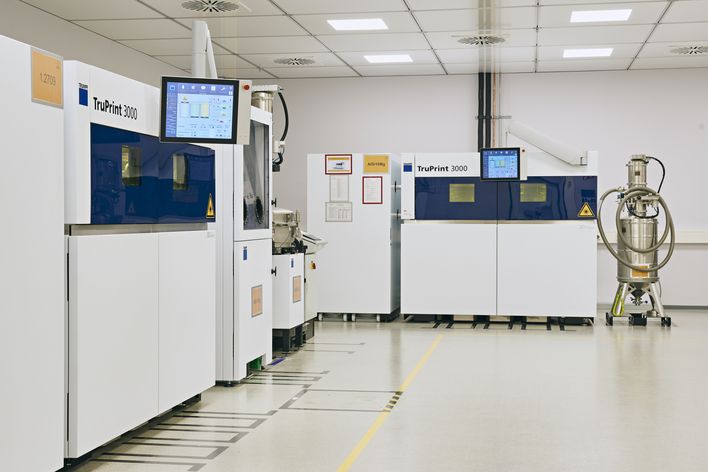The car interior is bathed in a soft light. The leather upholstery of the seats is subtly textured – and it’s emitting a gentle, yet clearly perceptible, glow. This effect is produced by LEDs positioned behind thousands of tiny perforations in the leather, each measuring around just 0.05 millimeters.
As any expert will tell you, that degree of precision suggests a laser must have been involved. What’s less obvious, however, is that all the steps required to process this organic material – cutting, marking and perforation – were performed on an all-in-one laser machine. And not as a one-off job, but in an industrial-scale process that can tackle even the largest pieces of leather at high speed.
The machine was built by the company MüKo, a special purpose machine maker based in Weinstadt, Germany. It was commissioned by an automaker that was keen to give its seats an extra ‘wow’ factor. The tricky thing in this case, however, is that burnt leather has an un- pleasant smell.
Leather places high demands on the laser
So as well as harnessing top-notch laser precision, it was also essential to keep the heat input as low as possible. MüKo achieved that goal with an ultraviolet marking laser from TRUMPF’s TruMark series, which uses a wavelength that is absorbed well by organic materials. What’s special about this system is that the light energy applied to the leather breaks up its molecules instead of heating them. Rather than a thermal process that produces heat, it uses a photochemical process that does not generate heat. Although this doesn’t entirely prevent the smell from developing, any residual odor is dealt with by a three-stage filter system and suction device positioned directly adjacent to the material.

TRUMPF marking lasers are not only suitable for sheet metal - they can also be used to process organic materials such as leather, wood or paper.
MüKo quickly realized that its versatile, special purpose machine for car seats, which they christened Permacut, had the potential to set a new industry standard for processing leather. It turns out there are many leather products that could do with an extra ‘wow’ factor, from handbags and purses to belts and cowboy boots. Permacut isn’t limited to leather; it can also handle other organic materials including paper and wood – and even glass. So it sounds like we have some exciting new designs to look forward to!





